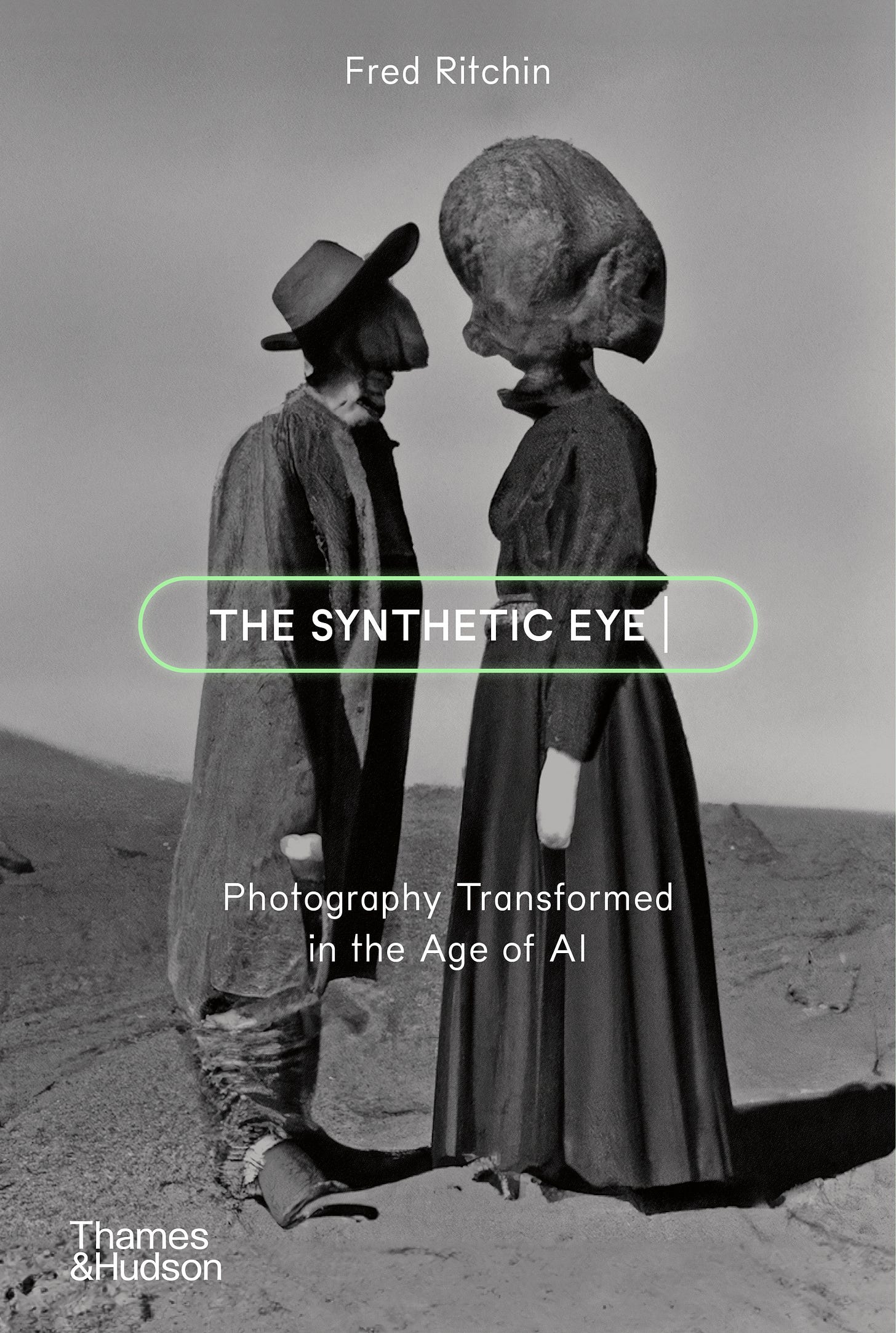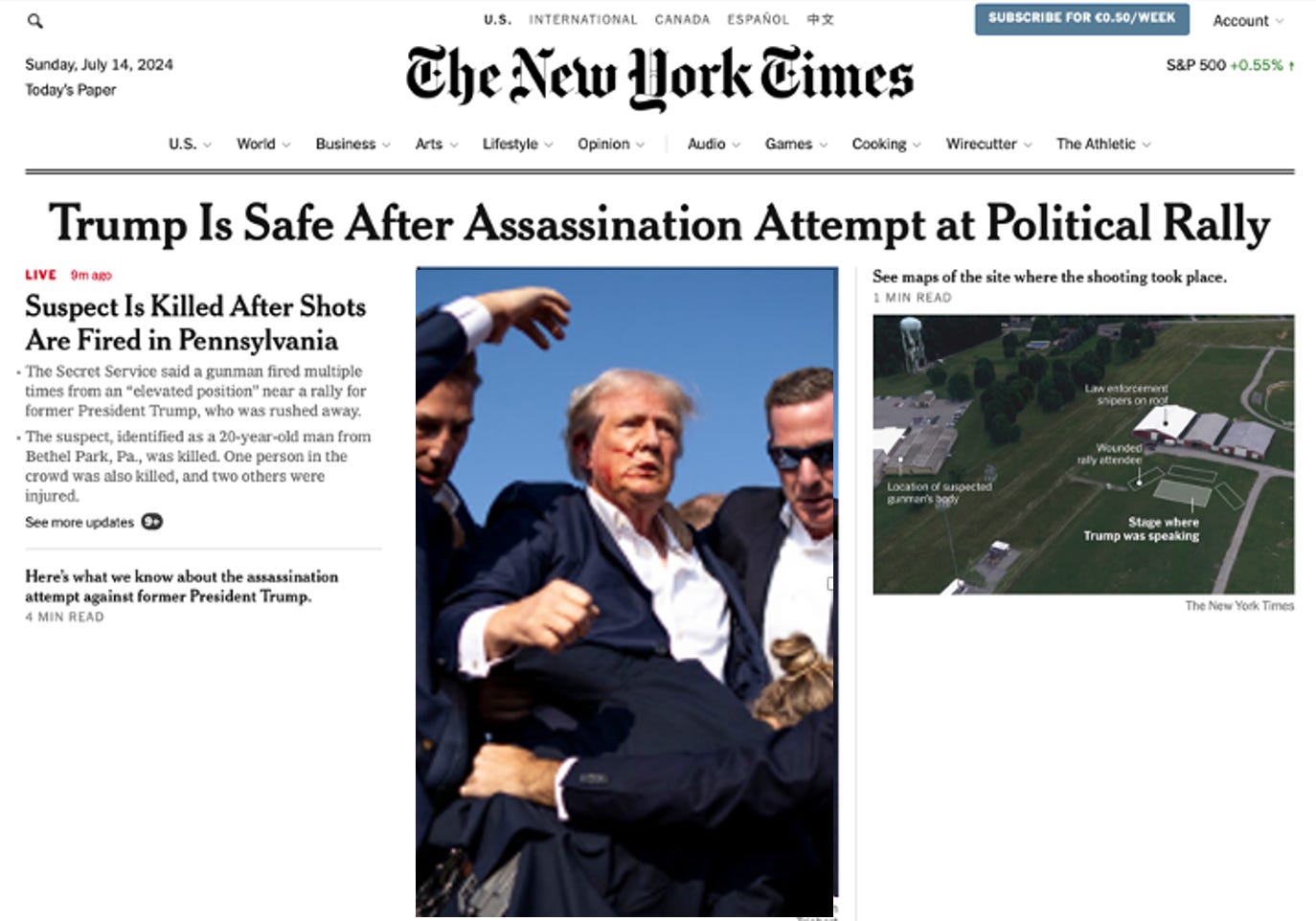Welcome to Notes of a MetaPhotographer, an attempt to advance strategies in visual media that are authentic, credible, and impact a larger world, particularly given the chaos and untruths in which we are now increasingly submerged.
My background: I have been working in visual media since 1973 when I began as a researcher at Time-Life, less than a year after the weekly Life magazine ceased publication. Since 1990 I have written four books on the future of imaging; the latest one, The Synthetic Eye: Photography Transformed in the Age of AI, comes out in the UK this week and in the US in March, dealing with both the distortions produced using generative AI and the new possibilities that AI offers for understanding the world in ways that are beyond the reach of photography.
My intention is to share here what I have learned as an editor, curator, software developer, writer and teacher over this last half-century—much of it working on projects to advance social justice and human rights—so that imagery can restore a larger sense of a shared reality while keeping us informed. This then allows for more empathy towards others as their circumstances are explored with more certitude and, crucially, an increasing possibility that our democracies will survive as a sense of reality is restored.
At the moment, the photographs no longer provide the touchstones that they previously did. For example, the last iconic photograph that was able to move the world to a better place, in this case advancing the cause of refugees, was a decade ago, in 2015. This photograph, of a two-year-old Syrian boy, Alan Kurdi, who had drowned and was photographed lying on a Turkish beach, struck a chord, significantly increasing financial contributions and the resettlement of refugees elsewhere. Since then we have had imagery such as Donald Trump handing out French fries in a McDonald’s for several minutes while pretending to work there, an obvious staging for the sake of the camera, or crowning himself king of the United States. The fake increasingly is, as the title of a piece that I wrote last November for Vanity Fair asserts, “More Real than the Real: American Image Politics on the Eve of the Election.”
In 1990 I had published a book, In Our Own Image: The Coming Revolution in Photography, which was the first on the potential impacts of the digital revolution on the credible witnessing that was associated with the photograph. That summer I appeared on the Today Show when Adobe announced its new software, Photoshop, to the American people. I argued then that if digital manipulation were to become the norm, photographs such as those of the massacre committed by the Chinese government at Tiananmen Square the previous year would no longer be believed and lies by government leaders would be increasingly difficult, if not impossible, to challenge. Unfortunately, that is what happened.
Of course, it was not only the fault of digital manipulation, although the fact that Adobe, the company that introduced digital manipulation and now sells AI imagery of Gaza, Ukraine, and elsewhere on its website, is currently spearheading the “Content Authenticity Initiative” gives one significant pause. There has been a consistently misguided use of photographs in conventional media to create spectacle, focusing on disasters without exploring their underlying causes, and staging photographic opportunities that are predetermined to show celebrities and politicians as they want to be seen.
For example, prioritizing the photograph of candidate Donald Trump defiantly holding up his fist after an assassination attempt, rather than the ones showing him shaken and needing to be supported by members of the Secret Service, certainly aided his election campaign. World Wrestling Entertainment could not have scripted it better and picture editors and others fell for it.
This is the photograph that the New York Times highlighted, similar to many other publications. They used the fist-in-the-air photograph as a lead-in to a video of that day’s events:
This, on the other hand, is a mock-up of the New York Times front page that I created with another photograph that might have been foregrounded. It also more accurately reflects the sober headline that they wrote, “Trump is Safe”:
I will critically examine both hierarchical and social media, but most of all I will concentrate on highlighting various visual strategies that have been and still are effective in advancing the greater good, while offering strategies to break through some of the media conventions that have become repetitive and unproductive. The intention is to form a global community of like-minded people working with visual media for the betterment of society whose strivings and successes can be shared with all of us.
Given the chaos that we confront, creating a credible and authentic means of communication through imagery has never been as important. And, given the emergence of generative artificial intelligence, it is not only our present that is vulnerable to extreme distortions (look at this Trump Gaza delirium, for example), but also our collective histories.
Please stay tuned — I plan to publish regularly. And it would be helpful, although not necessary, if you can eventually become a paid subscriber to allow me to more fully devote my attention to this endeavor. It would be greatly appreciated.







Thanks Barry. I stay away from “photography” in my descriptions of AI so as to be clear they are two different media. Otherwise, AI undermines the credibility of the photograph by simulating it.
This type of information is so important especially now. Please keep writing and helping us understand how photography and it's manipulation impact us all.